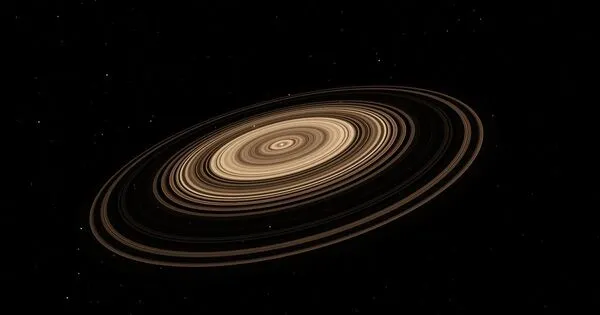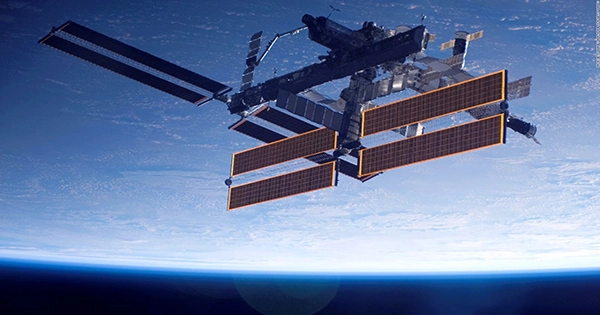Scientists have made a significant leap in understanding how planets are formed. They confirmed a physical mechanism involving the drifting of ice-coated solids from the outer portions of the disk toward the rocky-planet zone by monitoring water vapor in protoplanetary disks.
Scientists utilizing NASA’s James Webb Space Telescope recently made a breakthrough in understanding how planets are formed. Webb validated a physical mechanism involving the migration of ice-coated solids from the outer portions of the disk into the rocky-planet zone by seeing water vapor in protoplanetary disks.
Ice pebbles originating in the cold, outer portions of protoplanetary disks – the same location where comets form in our solar system – have long been regarded as the essential seeds of planet formation. The key condition of these ideas is that pebbles should move inward toward the star due to friction in the gaseous disk, delivering both solids and water to planets.
Webb finally revealed the connection between water vapor in the inner disk and the drift of icy pebbles from the outer disk. This finding opens up exciting prospects for studying rocky planet formation with Webb!
Andrea Banzatti
This theory predicts that as icy pebbles enter the warmer region within the “snowline” – where ice changes to vapor – they will emit enormous amounts of cold water vapor. This is exactly what Webb noticed.
“Webb finally revealed the connection between water vapor in the inner disk and the drift of icy pebbles from the outer disk,” said principal investigator Andrea Banzatti of Texas State University, San Marcos, Texas. “This finding opens up exciting prospects for studying rocky planet formation with Webb!”
“In the past, we had this very static picture of planet formation, almost like there were these isolated zones that planets formed out of,” explained team member Colette Salyk of Vassar College in Poughkeepsie, New York. “Now we actually have evidence that these zones can interact with each other. It’s also something that is proposed to have happened in our solar system.”

Harnessing the Power of Webb
The researchers studied four disks – two compact and two extended – surrounding Sun-like stars using Webb’s MIRI (the Mid-Infrared Instrument). All four of these stars are thought to be between 2 and 3 million years old, making them cosmic infants.
The two compact disks are projected to exhibit efficient pebble drift, sending stones to well within Neptune’s orbit. The extended disks, on the other hand, are projected to have their pebbles retained in several rings as far out as six times Neptune’s orbit.
The Webb investigations were aimed to see if compact disks have more water in their inner, rocky planet region, as expected if pebble drift is more efficient and delivers a lot of solid mass and water to inner planets. MIRI’s MRS (Medium-Resolution Spectrometer) was chosen because it is sensitive to water vapor in disks.
The findings supported expectations by indicating an overabundance of cool water in compact disks when compared to large disks.
As the pebbles drift, whenever they come across a pressure bump (an increase in pressure), they tend to congregate there. These pressure traps do not necessarily stop pebble drift, but they do slow it down. This is what appears to be happening in the large disks with rings and gaps.
Current research proposes that large planets may cause rings of increased pressure, where pebbles tend to collect. This also could have been a role of Jupiter in our solar system — inhibiting pebbles and water delivery to our small, inner, and relatively water-poor rocky planets.
Solving the Riddle
The research team was perplexed by the results when they first arrived. “For two months, we were stuck on these preliminary results that were telling us that the compact disks had colder water, and the large disks had hotter water overall,” Banzatti said. “This made no sense, because we had selected a sample of stars with very similar temperatures.”
Only when Banzatti superimposed data from compact disks on data from large disks did the solution become clear: the compact disks have extra chilly water right within the snowline, nearly ten times closer than Neptune’s orbit.
“Now we finally see unambiguously that it is the colder water that has an excess,” Banzatti went on to say. “This is unprecedented and entirely due to Webb’s higher resolving power!”
















